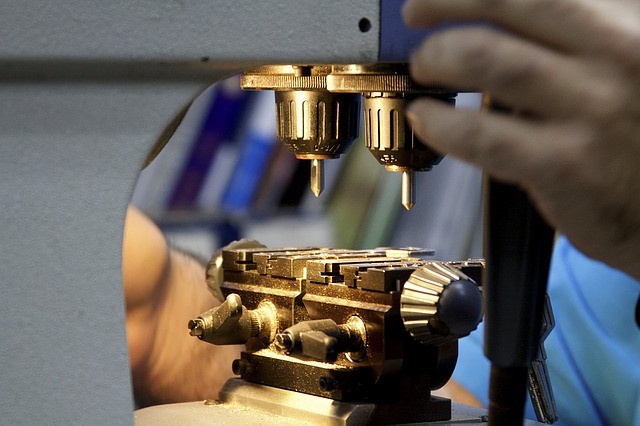Most metals used for industrial purposes are dense and hard. They are mined as ore, melted and refined to remove impurities, and solidified to achieve the hardness required by their intended applications. Sometimes, they are alloyed with other metals to create even stronger and more durable materials. How they are manufactured into bars, sheets, and modified shapes, however, is a completely different process, called metal forming.
Different Metal Forming Methods
Metal forming is the process of shaping metal through mechanical deformation. It doesn’t involve the use of chemicals, only high loads and stresses. There are two main categories: one is compressive forming in which the primary means of deformation is uniaxial or multiaxial compressive loading, and the other is tensile forming, which relies on pulling forces. Some specialized metalworking processes require a combination of both, while others require different versions of the force applied on them, including bending and shearing.
Of the two categories, compressive forming is the more commonly used one, as it can be performed in many ways, including rolling, extrusion, die forming, forging, and indenting. All of these techniques involve pressing metal with a heavy load to turn it into specific shapes. Among these compressive forming techniques, the most unique and particularly efficient is extrusion. Manufacturers in need of high production volumes in the shortest time possible should opt for this option.
How Extrusion Works
Metal extrusion is done by pressing a work piece (or billet) of a certain length and cross section into a die, a metal block with holes constituting the desired cross-sectional shape of the extrusion. The die is normally made of a metal that is harder than the work piece to prevent it from deforming or breaking as the work piece passes through the holes. Choosing the right metal for the die for each type of work piece is crucial to ensure the quality of the extrusion. The harder the die, the smoother and more accurate the extrusion will be. The produced extrusion is then heat treated to enhance its mechanical properties.
Here are some of the many benefits of extrusion:
High Speed. Metalworking, particularly metal forming, proves to be a tedious and costly process because most metals are very hard to work with, not to mention cure slowly during melting and casting. Since extrusion only uses minimal heat, practically maintaining the physical properties of metal throughout the process, it can finish quickly while producing excellent results ready for use after a single run on the machine at the same time. Thus, manufacturers can produce huge volumes in a short span of time.
Smooth Finish. There’s nothing like the smoothness of metal extrusion in virtually all other metal forming methods. The main reason for this is that there are very few factors that influence the process. For the most part, it’s just the quality of the die and the uniformity of the compressive force applied that do. In effect, the extrusion becomes smooth and ready for use as it comes out of the other end of the extruder.
Economical. Manufacturers are looking for ways to lower their production cost. Considering the simplicity of the extrusion process, which also entails minimal use of resources, the cost of each pound of extrusion is so much lower than that of cast metals.
Even with all of these benefits, it is still important to note that extrusion’s success will still depend on the quality of metal to be extruded. You need to use superior quality brass or copper to produce durable and resilient brass extrusions. Established metal suppliers, such as Rotax Metals, may have just the right material you need for your extrusion project. In fact, you don’t have to extrude your metal elsewhere as they already offer metal extrusions for a wide range of applications.
Sources:
Advantages & Disadvantages Extrusion, csuchico.edu
Metal Extrusion, thelibraryofmanufacturing.com


